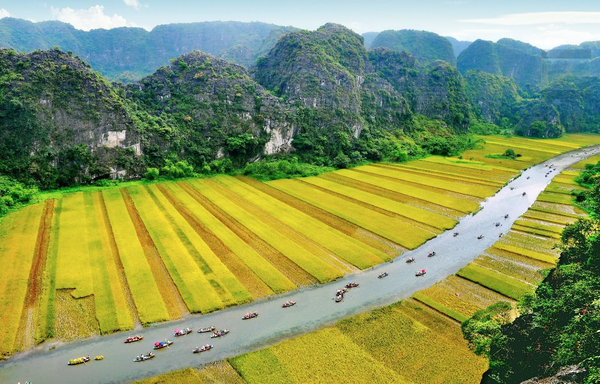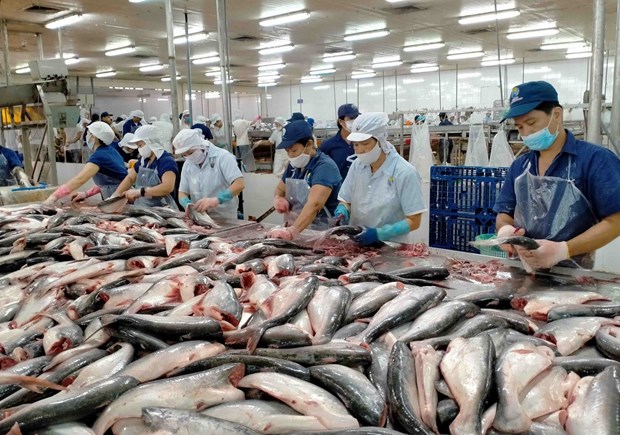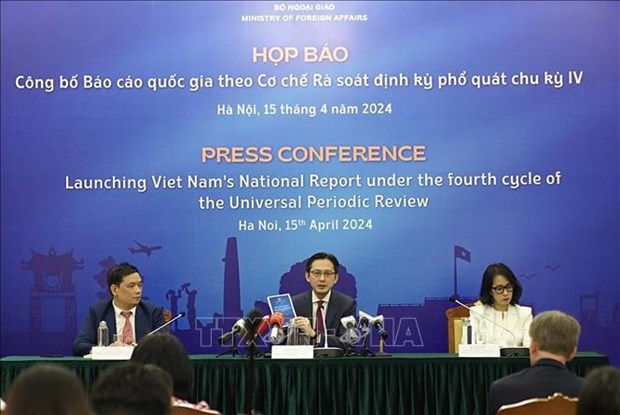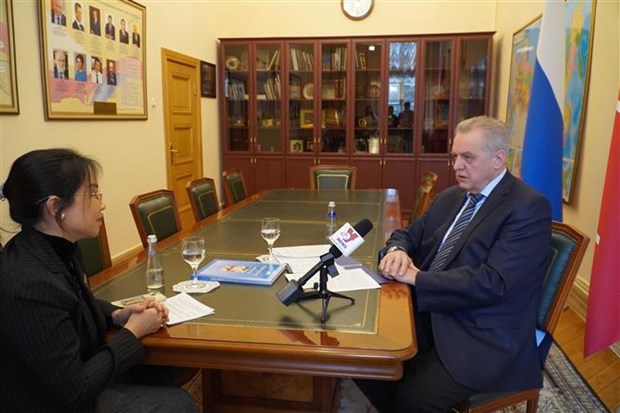According to the General Statistics Office (GSO), the agro-forestry-fisheries sector contributed 6.09% to the overall value added of the economy, growing by 2.98%. The industry-construction sector grew by 6.28% and contributed 41.68%, while the services sector expanded by 6.12% and contributed 52.23%.
In terms of agriculture, the sector saw a 2.81% growth, contributing 0.26 percentage points to the overall value-added growth. The forestry sector rose by 4.08%, contributing 0.02 percentage points, and the fisheries sector climbed by 3.46%, contributing 0.08 percentage points.
The industrial sector showed resilience and continued growth, with a 6.18% increase in added value, contributing 2.02 percentage points to the overall growth. The processing and manufacturing industry led the way with a growth rate of 6.98%, contributing 1.73 percentage points. Electricity production and distribution grew by 11.97%, while water supply, waste management, and wastewater treatment grew by 4.99%. The construction sector experienced significant growth of 6.83%, contributing 0.4 percentage point.
The services sector showcased vibrant trade activity and a strong recovery in tourism due to favourable policies and stimulus programmes. Key product exports also increased significantly.
Various service sectors made noteworthy contributions to the overall added value growth. Warehousing and transportation increased by 10.58%, accommodation and catering services by 8.34%, wholesale and retail trade by 6.94%, financial activities and banking by 5.2%, and information and communication by 4.14%.
Regarding the structure of the economy in the quarter, the agro-forestry-fishery made up 11.77%, industry-construction 35.73%, and services 43.48%.
On the utilisation of GDP, final consumption and asset accumulation increased by 4.93% and 4.69% year-on-year, contributing 56.77% and 24.07% to the overall growth rate, respectively. The export of goods and services grew by 18%, while imports rose by 17.08%, resulting in a trade surplus contribution of 19.16%.
The World Bank forecasts Viet Nam’s economic growth at 5.5% this year (Photo: VietnamPlus)
The agro-forestry-fisheries sector has demonstrated consistent growth. Livestock farming, particularly pigs and poultry, has flourished with effective disease control measures in place. The forestry sector has made significant progress in forest cultivation, maintenance and protection, ensuring the timber harvest at the appropriate time. The aquaculture industry has achieved encouraging outcomes by implementing efficient models for high-quality shrimp farming and benefiting from favourable fishing conditions, resulting in increased exploitation of aquatic resources compared to the same period last year.
Geopolitical uncertainties can negatively impact Viet Nam's economic growth. The GSO leader emphasised the Government's commitment to achieving socioeconomic development goals and highlighted the implementation of relevant resolutions and directives. Ministries, sectors and localities have been directed to focus on comprehensive solutions outlined in the action plans to drive growth and achieve the set targets.
Source: VNA













